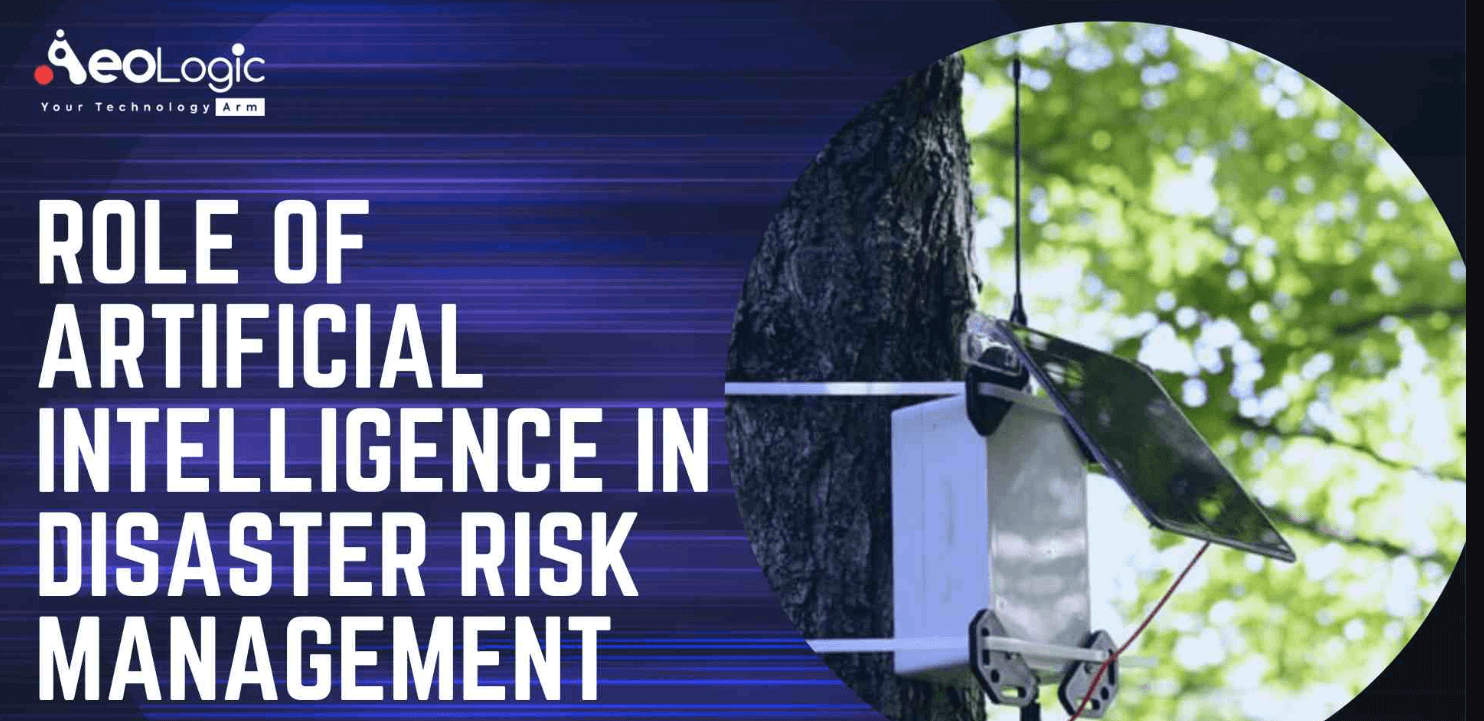
The Role of AI in Disaster Management and Emergency Response
The integration of AI in disaster management and emergency response represents a significant advancement in predictive capabilities and operational efficiency. By analyzing extensive datasets, AI identifies patterns that can forecast natural disasters, thereby enhancing preparedness. Additionally, during crises, real-time data analysis aids decision-making processes. This analytical approach not only streamlines resource allocation but also strengthens community resilience. However, the full potential of AI in these contexts remains to be explored further.
Predicting Natural Disasters With AI
Although natural disasters are often unpredictable, advancements in artificial intelligence (AI) have begun to transform how these events are anticipated and managed.
Through disaster forecasting and predictive analytics, AI models can analyze vast datasets, identifying patterns and potential risks.
This collaboration between technology and human expertise enhances preparedness, empowering communities to act proactively, thus promoting individual freedom and resilience in the face of uncertainty.
Enhancing Decision-Making in Emergency Response
The integration of AI into disaster management extends beyond predicting natural disasters to significantly enhancing decision-making during emergency response efforts.
By utilizing real-time analytics and scenario modeling, AI empowers responders to evaluate multiple potential outcomes, improving situational awareness.
This collaborative approach fosters informed choices, ensuring that resources are deployed effectively and tailored strategies are developed, ultimately safeguarding communities in critical moments.
Optimizing Resource Allocation and Logistics
Effective resource allocation and logistics are critical components of disaster management, particularly during large-scale emergencies.
AI technologies facilitate resource mapping, enabling responders to identify and distribute supplies efficiently. By analyzing the supply chain, AI optimizes delivery routes and inventory management, ensuring that essential resources reach affected areas swiftly.
This collaborative approach enhances operational effectiveness and minimizes delays, ultimately saving lives in crisis situations.
Improving Community Resilience Through AI Solutions
Resource allocation and logistics are foundational to disaster management, yet the resilience of communities facing such crises is equally important.
AI solutions enhance community engagement by facilitating effective communication and resource distribution. Through targeted AI training, communities can develop adaptive strategies, fostering collaboration and empowering individuals.
This proactive approach not only strengthens immediate responses but also cultivates long-term resilience against future disasters.
Also read: How AI Helps Businesses Create Engaging Video Ads
Conclusion
In the intricate tapestry of disaster management, AI emerges as a guiding star, illuminating paths through chaos and uncertainty. By harnessing predictive analytics, enhancing decision-making, and streamlining logistics, AI becomes an indispensable ally for communities facing the tempest of natural disasters. As resilience is woven into the fabric of society through these intelligent solutions, the collective strength of human and machine collaboration ensures a more prepared and responsive future, ultimately safeguarding lives and fostering hope amidst adversity.




